

There’s no denying that we spend more time in front of screens. Several studies indicate that most adults spend a significant part of their day using digital devices. In particular, American adults aged 16 – 64 spend more than seven hours online a day, according to Allconnect.
Despite technology’s incredible convenience and connectivity, this level of constant connection can take a toll on our health. It’s possible that you are more irritable after checking social media or that you find it difficult to concentrate. It could signify digital overload, an increasing issue in our modern world.
So, how do we regain control and find a healthier balance? It might be time for a digital detox. By doing so, you are intentionally disconnecting from the digital world. This allows us to reclaim time, reduce stress, and, ultimately, improve our overall well-being.
Let’s examine a digital detox, its benefits, and how to implement it.
Feeling Overwhelmed? You Might Be Experiencing Digital Overload
In the “always-connected” world, it can seem like we’re drowning in information. Every day, we are bombarded with news, updates, notifications, and entertainment. As a consequence of the constant influx of digital content, we can suffer from digital overload, which can be detrimental to our well-being.
But what exactly is digital overload?
This occurs when we consume too much media through screens. This causes our brains to have trouble processing the sheer volume of information we absorb. The more screen time you have, the more likely you are to get overwhelmed — whether you are scrolling through social media, binge-watching your favorite show, or playing a video game.
Further, digital overload is more than an inconvenience. It can have serious health consequences for your mind and body. Here are some common symptoms;
- Distractibility. The inability to focus on just one task at a time.
- Anxiety. Having an increased sense of worry or unease.
- Fatigue. Continually feeling drained and exhausted, even after rest.
- Depression. Feelings of sadness or hopelessness.
Here are a few common habits that can lead to digital overload;
- Excessive device use. Digital burnout can result from spending too much time online without taking regular breaks. Don’t forget to take a break from your screens and allow your mind to rest.
- Information overload. You may feel overwhelmed by the sheer volume of information available on the Internet. Our brains require downtime to process all the information we consume.
- Media multitasking. When you try to juggle multiple devices or media simultaneously (like checking social media while watching TV), you may lose focus and become less productive. It has been shown that multitasking negatively impacts concentration-required tasks.
As a result of the constant presence of digital devices, we interact with the world and ourselves in fundamentally new ways. Screen time is linked to sleep problems, anxiety, and shortened attention spans, among other things.
In particular, social media can cause feelings of inadequacy and lower self-esteem due to constant comparisons. With our brains constantly on high alert, it’s hard to relax and unwind when inundated with notifications and emails.
Identifying these patterns is the first step towards managing digital overload and regaining focus and well-being.
Signs You Need a Digital Detox
The first step toward making a change is to recognize the signs of digital overload. The following indicators may indicate that you need a digital detox;
- Feeling restless or anxious when not connected to your phone.
- Constantly checking social media.
- Trouble concentrating without digital distractions.
- Sleep problems are caused by exposure to screens late at night.
- Preferring virtual interactions over real-life ones.
If any of these apply to you, it might be time to implement strategies to regain control over your digital habits.
Benefits of a Digital Detox
A digital detox isn’t about giving up technology entirely. Instead, it is about using it with greater mindfulness. In turn, you’ll be able to experience the following benefits.
Improved mental health.
By stepping away from digital devices, you can reduce anxiety, stress, and FOMO (fear of missing out). This also promotes a sense of calm and well-being by allowing the brain to rest and recover.
Better sleep quality.
Keeping screen time to a minimum before bed minimizes exposure to blue light, which disrupts melatonin production. The result is improved sleep quality and a better night’s sleep.
Enhanced productivity.
Without constant digital distractions, focusing on tasks becomes easier, resulting in greater productivity and efficiency. When people step away from screens, their creativity also flourishes.
Stronger personal relationships.
Face-to-face interactions increase emotional connections and improve communication skills. With a digital detox, you can have meaningful conversations with your loved ones and spend quality time with them.
More time for hobbies and self-care.
By reducing screen time, we can focus on activities promoting personal growth, such as reading, exercising, and participating in hobbies that bring us joy and fulfillment.
How to Implement a Digital Detox
When you’re ready to reclaim your time, here are some practical ways to start a digital detox:
Set boundaries with technology.
Limit the amount of time you spend on digital devices. Instead of constantly checking emails or using social media throughout the day, block out specific times to do so, aka batching.
Create tech-free zones.
Incorporate screen-free areas, such as your bedroom or dining table, into your home. As a result, you will develop better habits and interact with others more mindfully.
Use digital well-being tools.
With iOS (via “Screen Time”) and Android (via “Digital Wellbeing & parental controls”), you can monitor app usage and set individual app time limits. Some apps, like Once Sec Forest and Freedom, can track your progress and set daily limits.
Plan offline activities.
Take part in activities that do not involve screens, like hiking, cooking, or spending time with family and friends. It is easier to detach from digital devices when interested in offline experiences.
Take regular breaks.
Reduce eye strain by following the “20-20-20 rule.” This is where every 20 minutes, look at something 20 feet away for at least 20 seconds. Additionally, you may want to schedule longer digital detox periods, such as weekends without screens.
Practice mindfulness.
By being intentional about screen use, compulsive habits can be reduced. Take a moment before reaching for your phone to consider whether you need it or if you just want to distract yourself.
Overcoming Challenges
You may have difficulty detoxifying from technology if your work or social life heavily depends on it. To overcome common obstacles, follow these steps;
- Work obligations. Whenever your job requires digital engagement, schedule blocks of “offline” time for deep work.
- Social expectations. Be upfront about your digital detox to manage expectations and encourage in-person interactions. Sharing your calendar is the simplest way to share your availability.
- FOMO. Don’t let social media keep you from enjoying life. After all, taking part in your real-life experiences means being present.
Embracing a Balanced Approach
A successful digital detox doesn’t mean complete disconnection but rather mindful use. It is vital to find a balance where technology enhances rather than controls your life. Reclaiming your time and prioritizing real-world experiences will make your relationship with digital devices healthier and more fulfilling.
Are you ready to begin your digital detox? Take small steps, remain consistent, and learn how reclaiming your time can change your life.
FAQs
What exactly is a digital detox?
A digital detox is when you intentionally avoid using digital devices such as smartphones, tablets, computers, and social media. The goal is to create a space between yourself and technology so that you can connect with yourself, your loved ones, and the world around you.
How long should a digital detox last?
It is entirely up to you how long you want to detox. The duration can vary from a few hours to a week or even more. Start with a shorter period and gradually increase it as you become more comfortable.
How do I plan a digital detox?
Getting the most out of a digital detox requires planning. To help you, here are some tips;
- Set clear goals. What do you hope to achieve with your detox? By defining your intentions, you will stay motivated.
- Choose a timeframe. Choose a length of time for your disconnect.
- Identify your triggers. Are there any situations or apps that tempt you to use your devices? It is essential to be aware of your triggers to avoid them.
- Communicate with others. Don’t forget to let your loved ones and colleagues know you’ll be unavailable during your detox.
- Prepare alternative activities. Rather than using your device, choose to read, spend time outdoors, or pursue a hobby. It may not feel like it, but it really IS a choice.
- Create boundaries. Delete tempting applications or notifications, or set a specific time for checking your devices.
What are some strategies for staying on track during a digital detox?
Disconnecting can be challenging at first. The following strategies will help you stay on track;
- Start gradually. Try not to go cold turkey all at once. Slowly reduce the time you spend on screens.
- Find an accountability partner. With someone by your side, the process can be made easier.
- Remove temptations. Put your devices away or turn off notifications.
- Engage in offline activities. Spend time doing things you enjoy instead of watching screens.
- Be patient with yourself. It’s okay to slip up from time to time. It’s just a matter of getting back on track as soon as possible.
Can I use my devices for work or emergencies?
You don’t have to completely disconnect from everything to participate in a digital detox. For essential use, you can set boundaries. If you only use your phone for emergencies, you can set specific times to check work emails.
What happens after my digital detox?
A digital detox is not just about abstaining from technology but developing healthier habits and a more mindful relationship with it going forward as such, set intentions for maintaining a healthy balance as you reintroduce technology.
Image Credit: Jordan Benton; Pexels


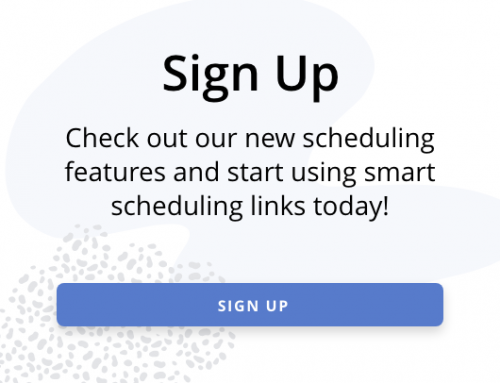



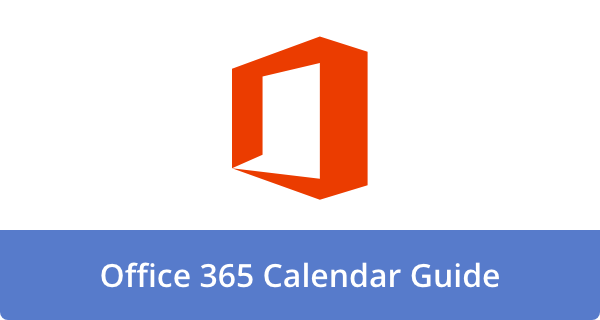
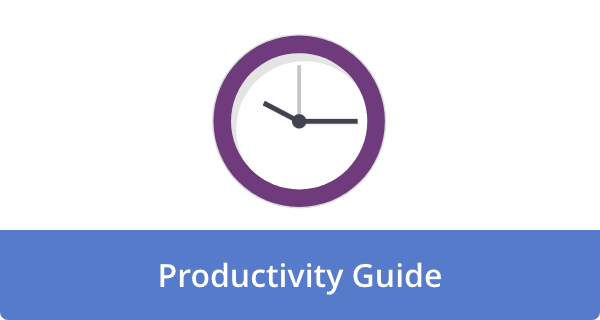
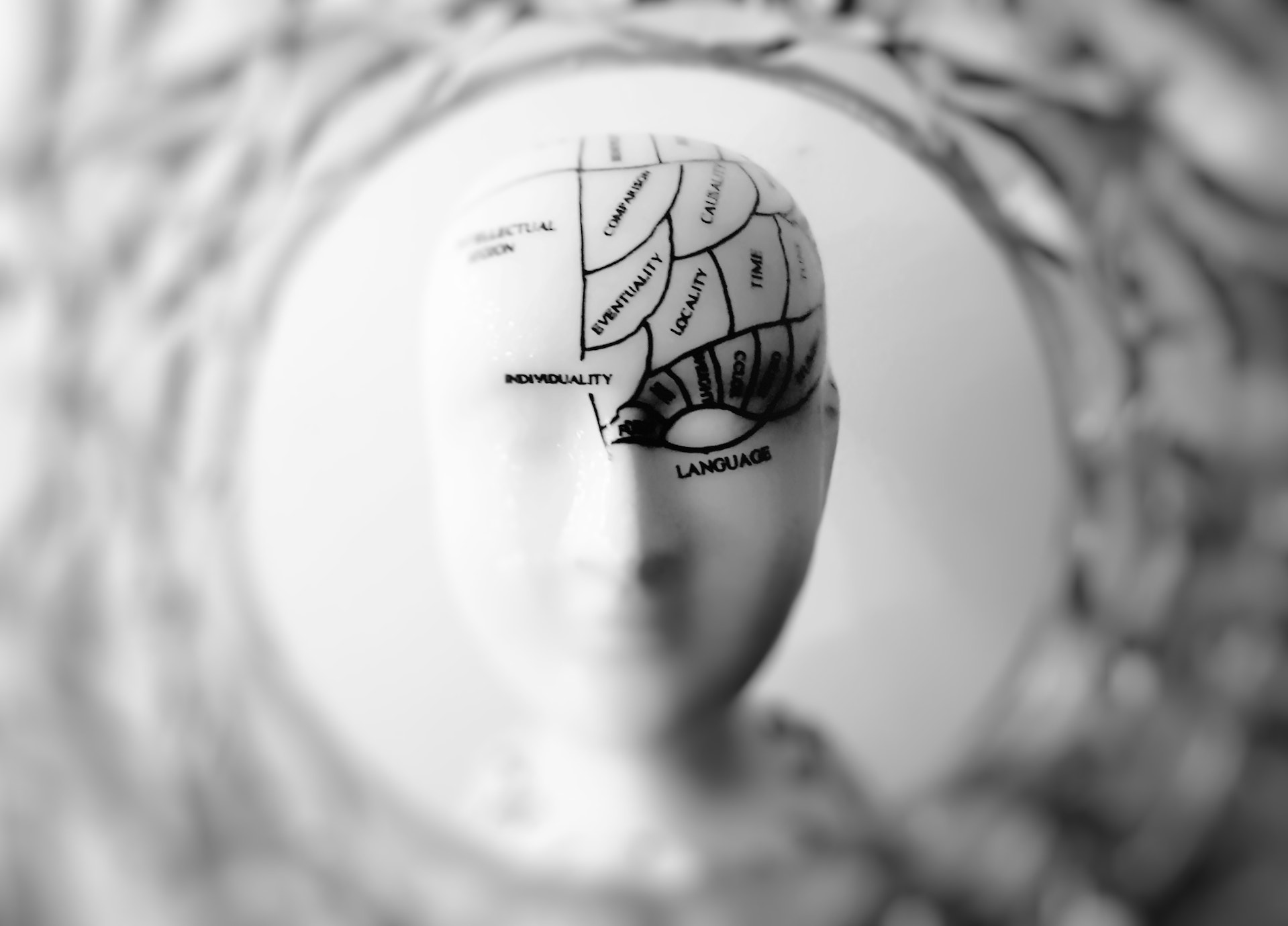

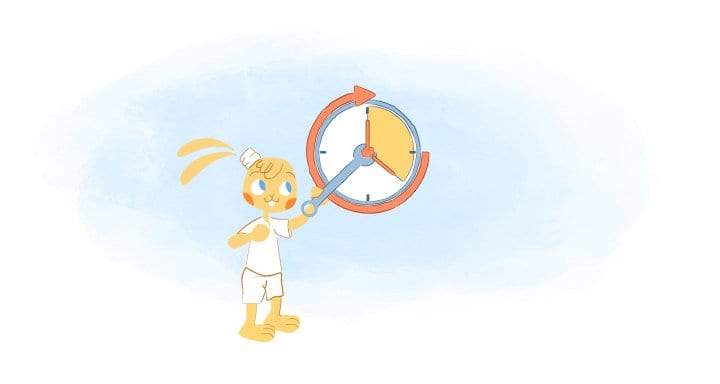
John Rampton
John’s goal in life is to make people’s lives much more productive. Upping productivity allows us to spend more time doing the things we enjoy most. John was recently recognized by Entrepreneur Magazine as being one of the top marketers in the World. John is co-founder and CEO of Calendar.